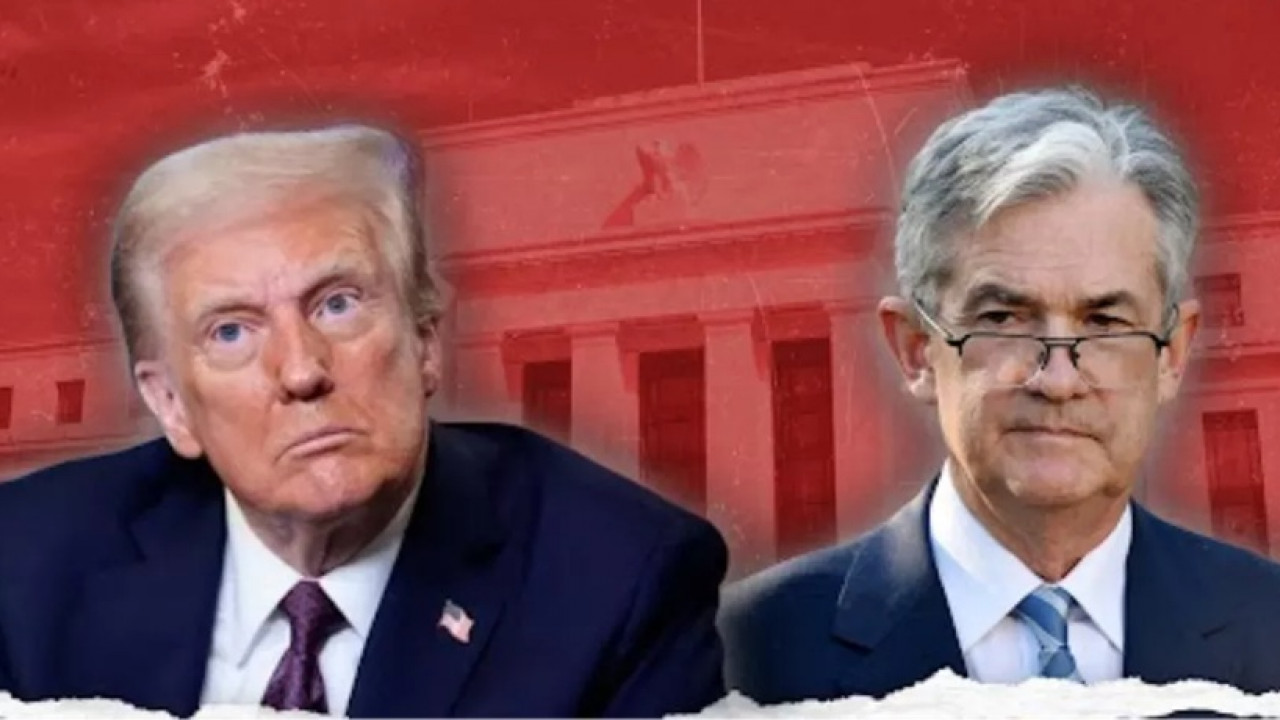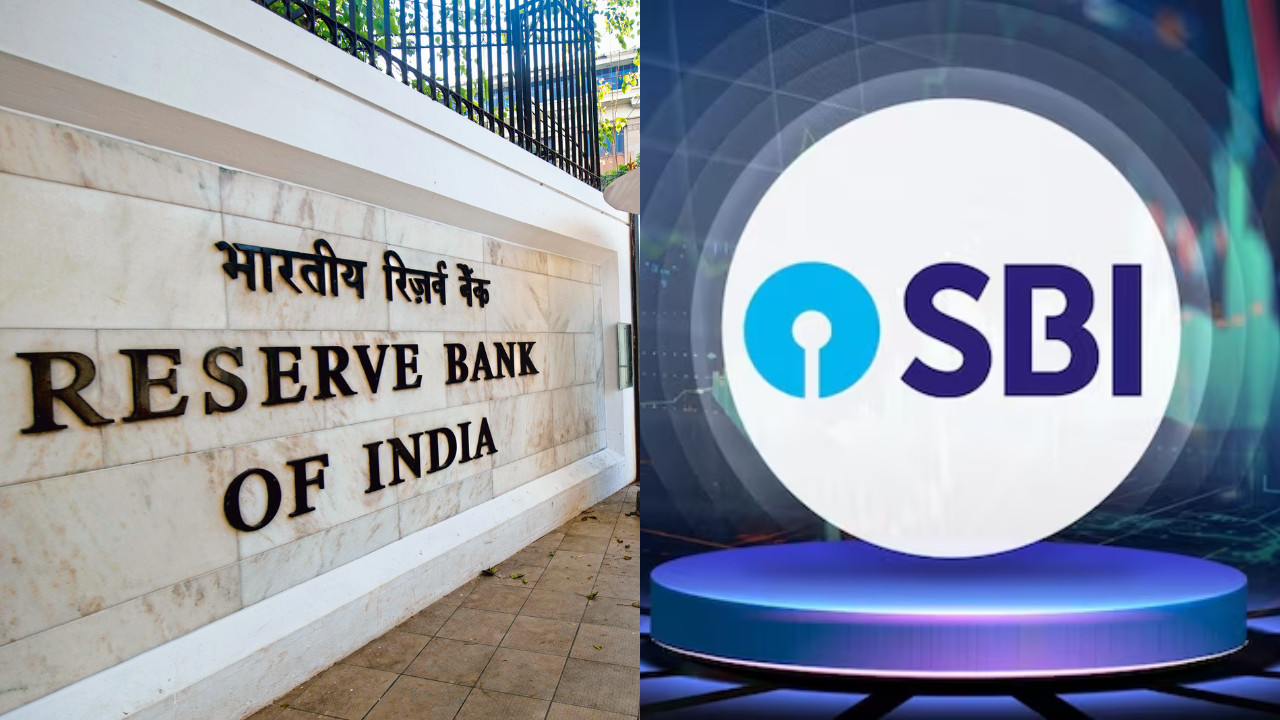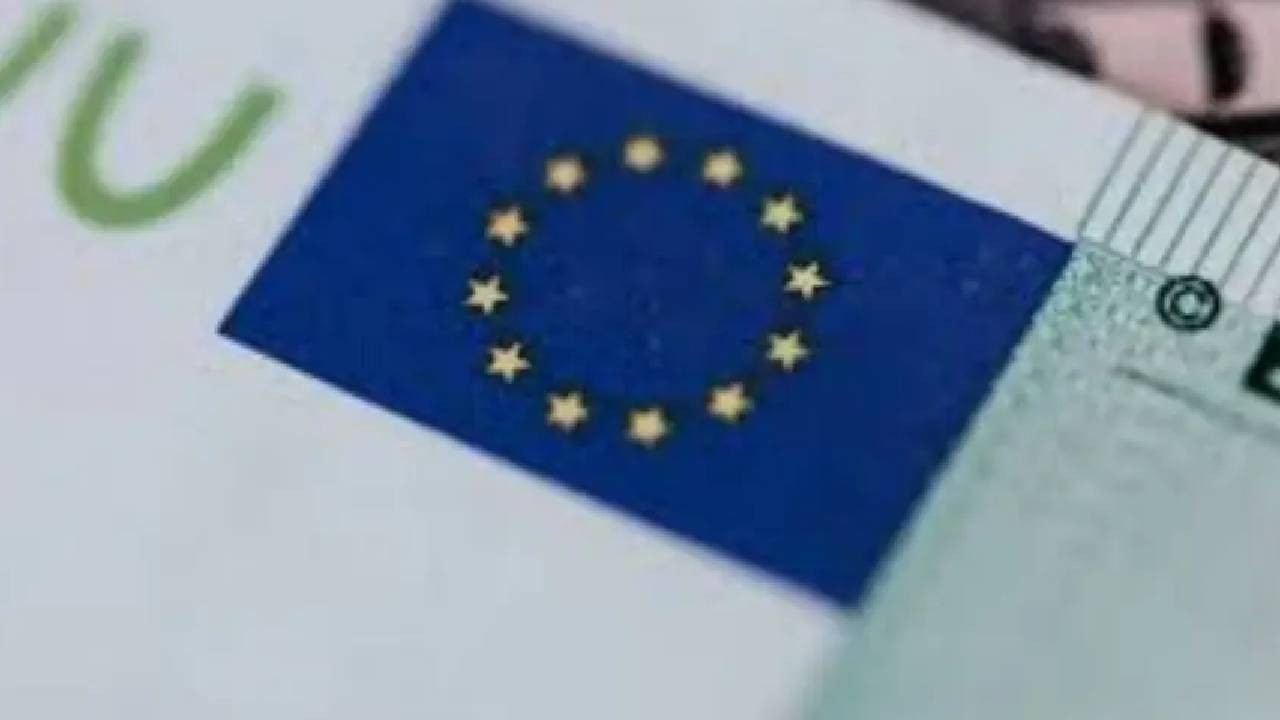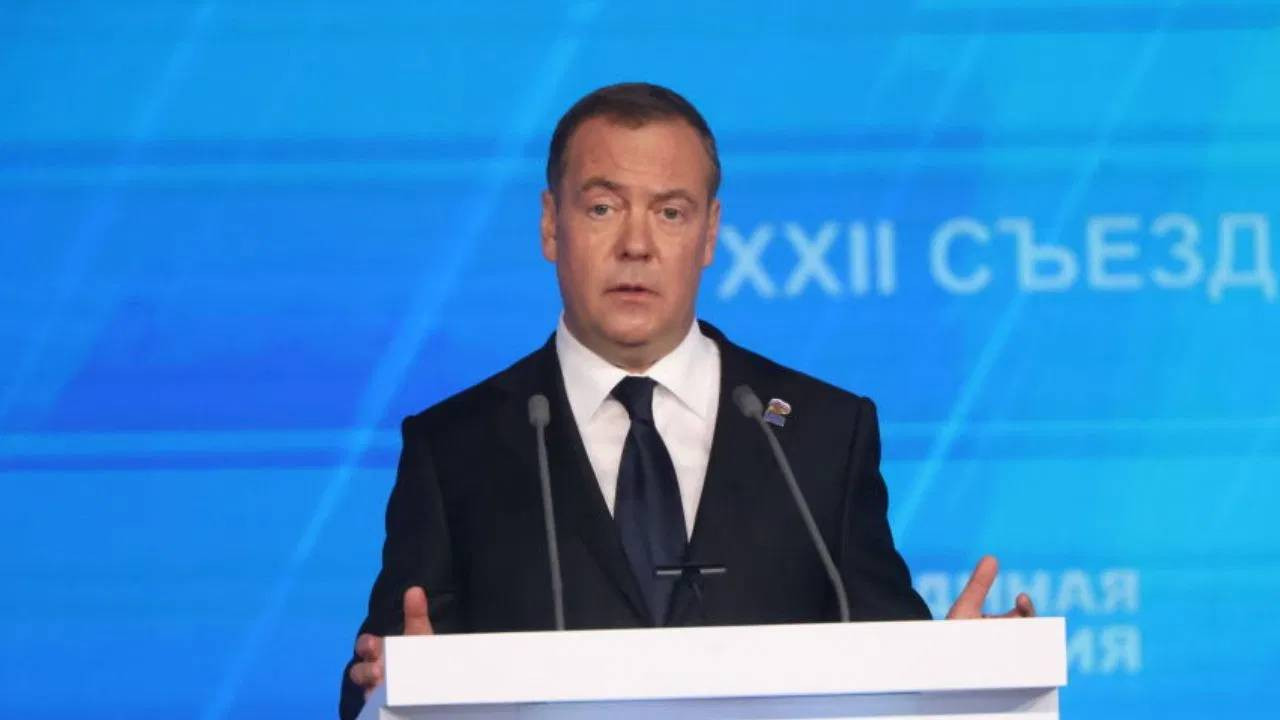International News: US President Donald Trump is in fullblown action mode. After slapping tariffs on dozens of countries, he has now turned his sights inward—this time on America’s own central bank. On Friday, Trump lashed out at Federal Reserve Chairman Jerome Powell, saying Powell’s authority should be stripped away if he doesn’t lower interest rates.
Trump branded Powell “stubborn” and held him responsible for refusing to deliver the rate cuts Trump believes the US economy needs.
Trump’s Truth Social post—“The board must step in”
Taking to his Truth Social platform, Trump wrote, “If Powell won’t cut rates, the Fed’s board should step in, take control of the Federal Reserve Bank, and do what everyone knows must be done.”
For months, Trump has been railing against Powell’s policies. The Federal Reserve’s mandate is to keep prices stable and maximize employment—but Trump claims Powell has failed on both fronts.
Fed governors signal mixed views
On Friday, two of the Fed’s seven governors—Christopher Waller and Michelle Bowman—issued statements suggesting:
- Tariffs would likely have only a temporary impact on prices.
- The labor market might cool slightly in the near term.
Both governors also pushed for a modest rate cut in Wednesday’s meeting—a stance that aligns with Trump’s demand for cheaper borrowing.
Trump raises the heat— “Powell should step down”
Later that day, the Fed announced that Governor Adriana Kugler would be resigning next week.
Trump seized on the moment, declaring, “Powell should follow her lead. He knew he was wrong on interest rates—he should resign too!”
Clouds gather over the US economy
Fresh economic data added to the tension:
- Only 73,000 new jobs were created in July.
- Earlier figures for June and May were revised downward by 14,000 and 19,000 respectively.
- These numbers suggest that the US economy is losing steam, intensifying the debate over whether the Fed should move faster on rate cuts.
Why isn’t the Fed simply doing what Trump wants?
The Federal Reserve operates independently from the White House and Congress—by design. That means even the President’s public attacks can’t force the Fed to immediately change course, preserving the central bank’s role as a nonpolitical guardian of the economy.
What lies ahead?
Trump’s aggressive rhetoric signals that interest rates—and Powell’s leadership—could become major flashpoints as the 2025 election season heats up. Whether Powell bends to mounting pressure or the Fed holds firm to its independence will define not just US monetary policy, but also the political narrative of the months ahead.















